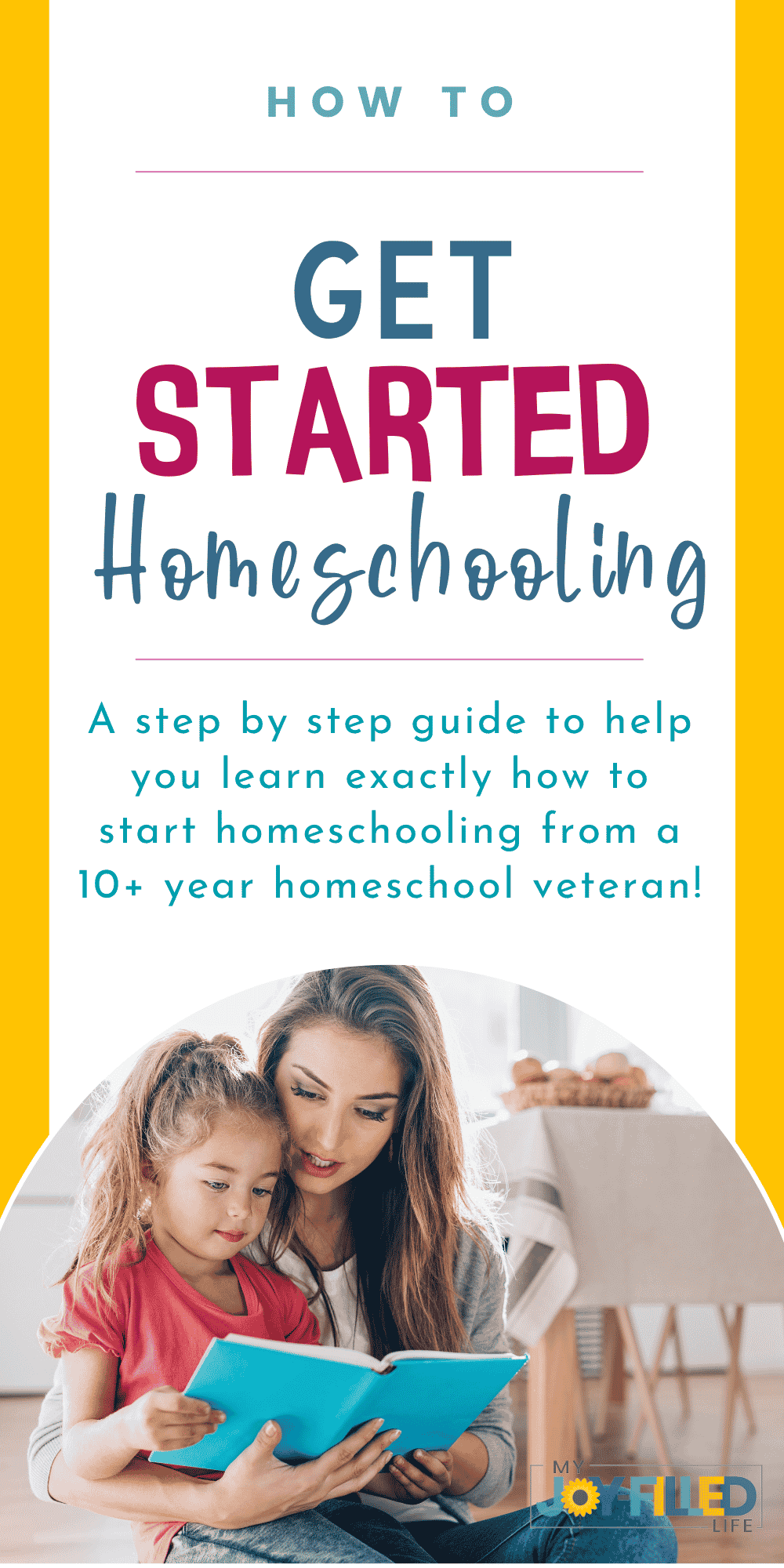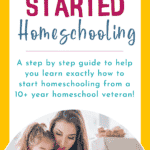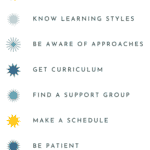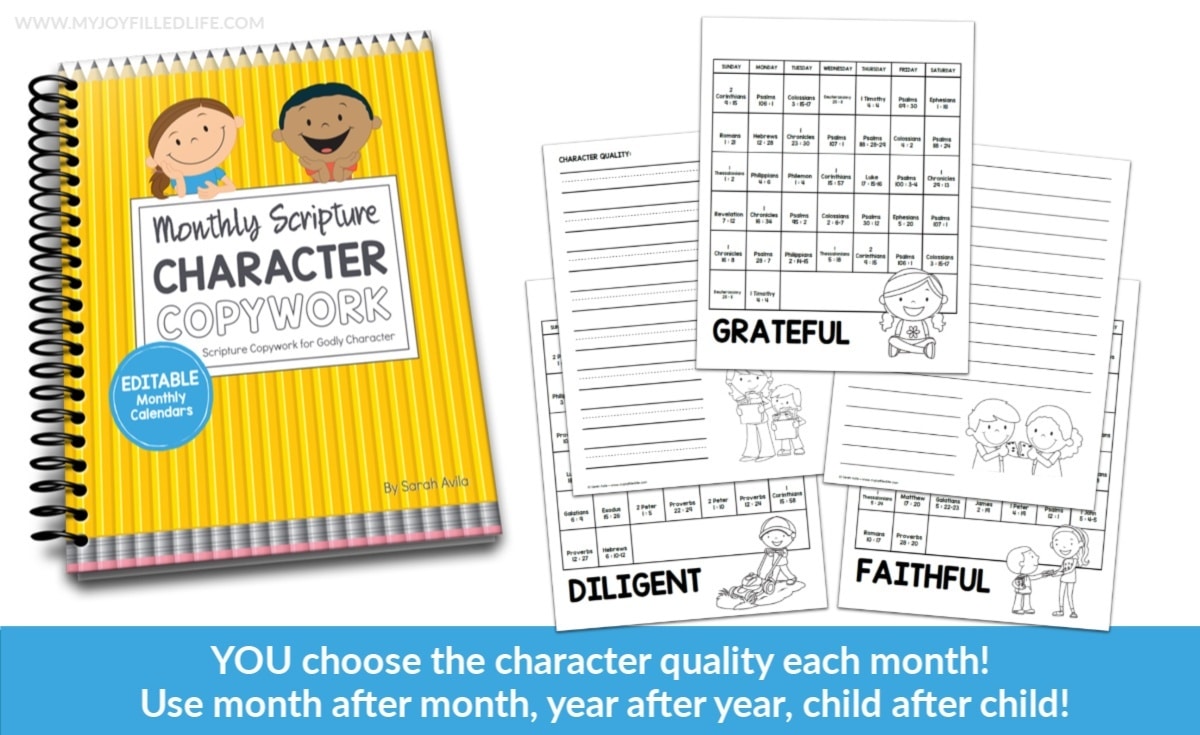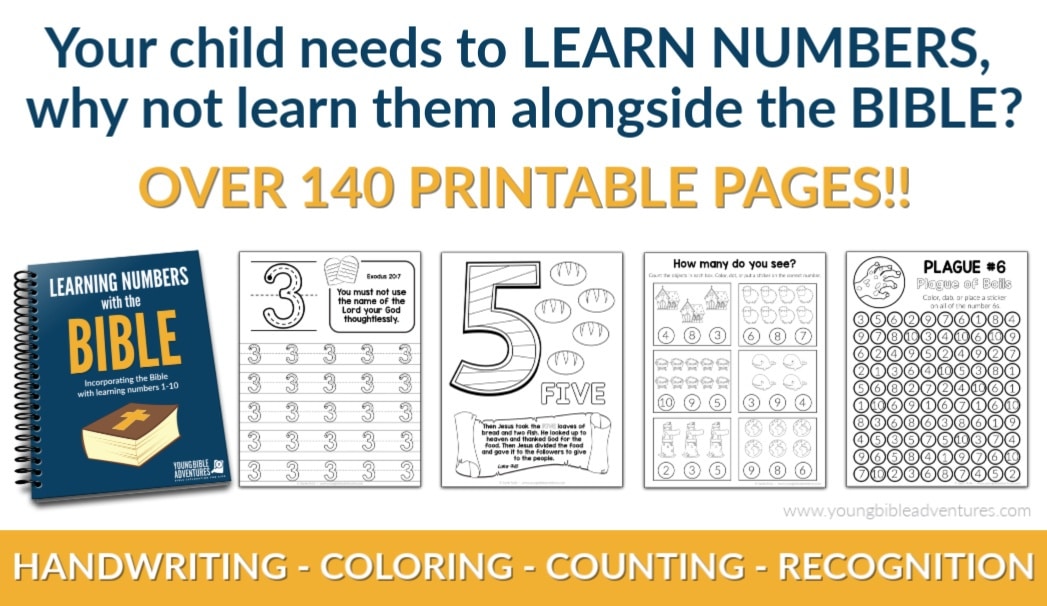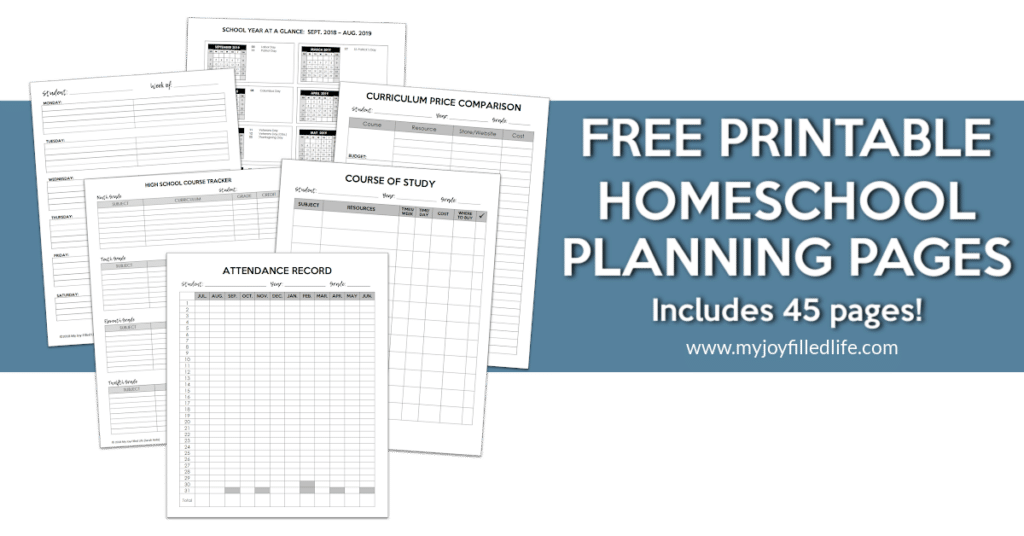You’ve decided to homeschool your kids! Congratulations! This is a big decision, but you’re not alone. Thousands of families across the country have chosen to homeschool their children for a variety of reasons. You may be wondering where to start and what the homeschooling process looks like. Here are some tips on how to get started homeschooling!
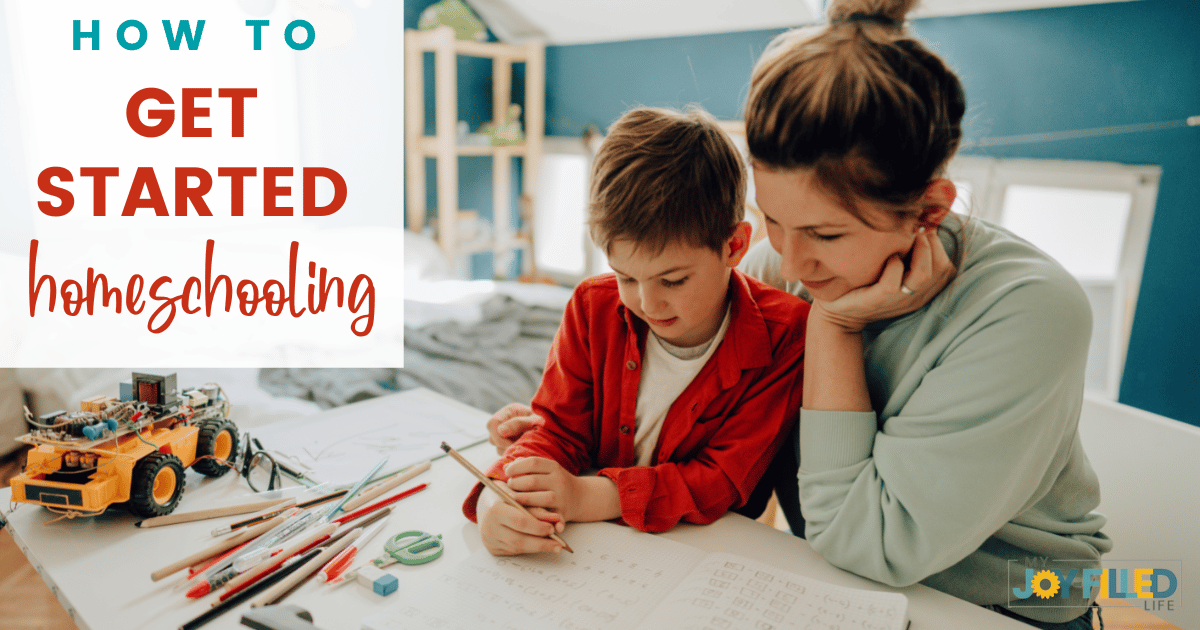
How to Get Started Homeschooling
Homeschooling can be a great option for families who want more control over their child’s education, but it’s important to do your research and make sure that it’s the right fit for you before you start homeschooling. Take some time to explore all of your options and do your due diligence before jumping in.
Do Your Research
First things first, and before you make the decision to homeschool, it’s important to do your research and make sure that it’s the right fit for your family. Families are all different, so be sure you can see your kids and yourself homeschooling and that it fits with everyone as well as everyone’s schedules.
Also, research your state’s homeschooling laws. Every state has different requirements, so it’s important to know what your state mandates. Once you know the legalities of homeschooling in your state, you can begin planning your curriculum. You can always check the HSLDA (Home School Legal Defense Association) to learn more about homeschool laws for your country as well as your state.
Know Your Child’s Learning Style – Before You Get Curriculum
One of the great things about homeschooling is that there is no one-size-fits-all approach. You can tailor your child’s education to their individual learning style and needs. Not all children learn the same way, so it’s important to know your child’s learning style.
Know your children’s learning styles will help you choose a curriculum that suits their needs and helps them learn in the best way possible.
Some children are auditory learners and need to hear information to understand it. Other children are visual learners and need to see information to grasp it. Some children are tactile or kinesthetic learners and need to physically interact with material to learn. And finally, some children are reading/writing learners and learn best by reading or writing out information.
You may find that your child uses a combination of learning styles. Once you know how they learn best, you can start looking for a curriculum that will work for them.
Be Aware of The Different Approaches to Homeschooling
Now that you have an idea of how to get started homeschooling, it’s time to start looking at curriculum and approaches. Looking at the different types of approaches, along with your kids’ learning styles, will influence the curriculum you’ll get them for them.
Some popular homeschooling approaches, or methods of homeschooling, include:
- Montessori
- Unschooling
- Charlotte Mason
- Classical Education
- Unit Studies
- Relaxed Homeschooling
- Eclectic Homeschooling
There are many, many approaches to homeschooling so do some research and see what fits best for your family. You may find that you like elements of one approach but not others. That’s okay! The great thing about homeschooling is that you can tailor it to fit your family’s needs.
Get Your Curriculum
As we mentioned before, there is no one-size-fits-all when it comes to how to start homeschooling so don’t feel like you have to choose one curriculum and stick with it. You can mix and match different approaches and curriculums to find what works best for your family.
And there are a lot of different ways you can go about obtaining your homeschool curriculum. You can purchase a pre-made curriculum, create your own, or use a combination of both.
If you decide to purchase a pre-made curriculum (sometimes called a boxed curriculum), there are several companies that offer various programs for all grade levels. Do some research and find the right fit for your family.
You can also create your own curriculum. This may seem daunting, but it can actually be quite simple. Start by looking at your state’s homeschooling laws to see what is required to be taught. From there, you can begin planning out each subject. There are many resources available online and in libraries to help you create a curriculum that works for you and your family.
Just remember, as you’re choosing a curriculum and getting ideas on how to get started homeschooling, keep your children’s learning styles and your homeschool approach in the forefront of your mind.
Find a Support Group
When you homeschool your children, it can sometimes feel like you’re in it alone. However, there are actually many other families who are homeschooling their children as well. One of the best ways to connect with other homeschooling families is to find a support group.
There are many benefits to belonging to a group of like-minded parents. You can ask questions, get advice, and share resources with other homeschooling families. In addition, you can find out about local events and activities, and you may even make some new friends.
There are also different types of support groups, so take some time to find one that fits your needs. Local groups can provide you with the opportunity to meet other families and get advice from experienced homeschoolers. Online forums can also be a great way to connect with other families, as well as share resources and ideas. You can search online or ask around at your local library or community center.
Make a Schedule
Homeschooling can be a nice way to tailor your child’s education to their needs and interests. However, when learning how to get started homeschooling, it’s important to create a schedule – or a routine – and stick to it. This will help you make sure that you cover all the subjects you want to, and that you don’t spend too much time on any one thing.
It’s also important to schedule in time for extracurricular activities and socialization. This will help your child stay well-rounded and prevent them from feeling isolated.
Creating a schedule can seem daunting, but it doesn’t have to be rigid. Allow yourself some flexibility so that you can change things up if needed.
And remember, homeschooling is a journey – there will be ups and downs, but ultimately it can be a rewarding experience for both you and your child.
Be Patient
As you learn how to start homeschooling, you’ll discover more things that you didn’t realize. That’s ok! Even when you begin homeschooling, it’ll be a big adjustment, both for you and your child. It’s important to be patient as you’re getting started and remember that there will be some bumps along the way. If something isn’t working, don’t be afraid to switch things up until you find what does work for your family.
The most important thing is to keep communication open with your child and be flexible. Homeschooling is a journey, and it will take some time to find what works best for you both, but it will be worth it in the end.
